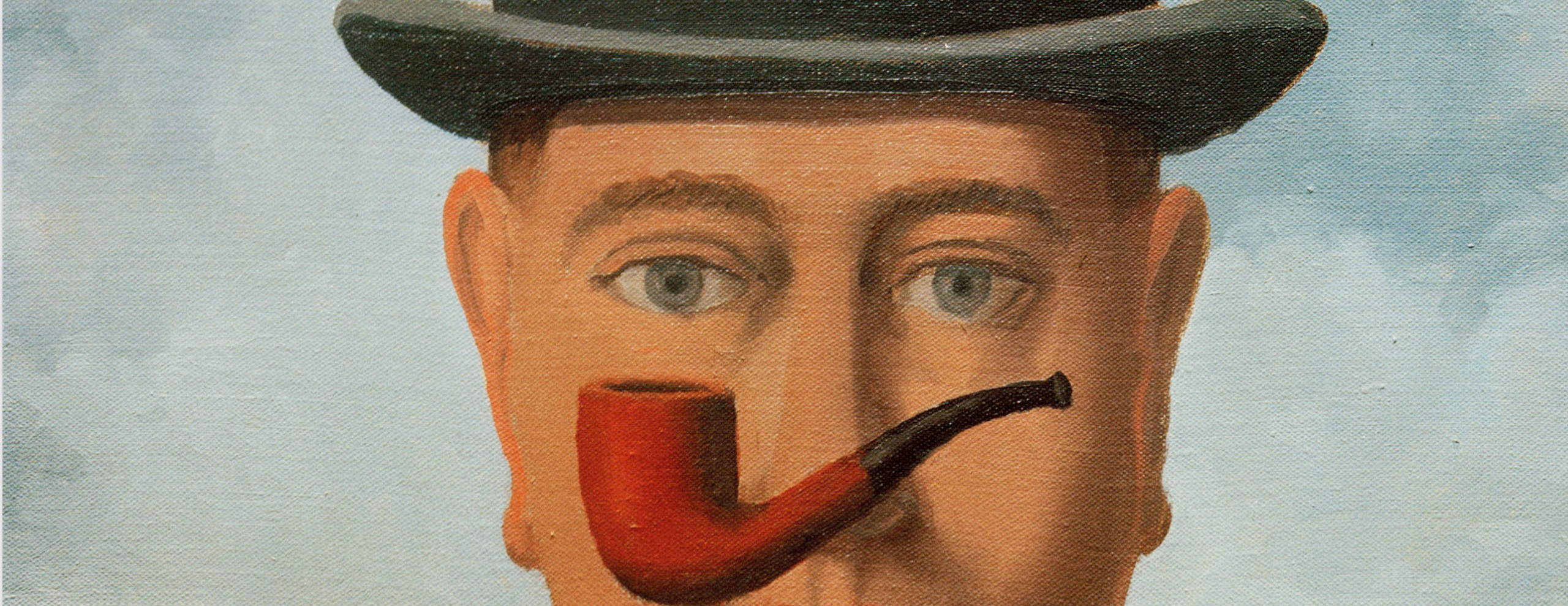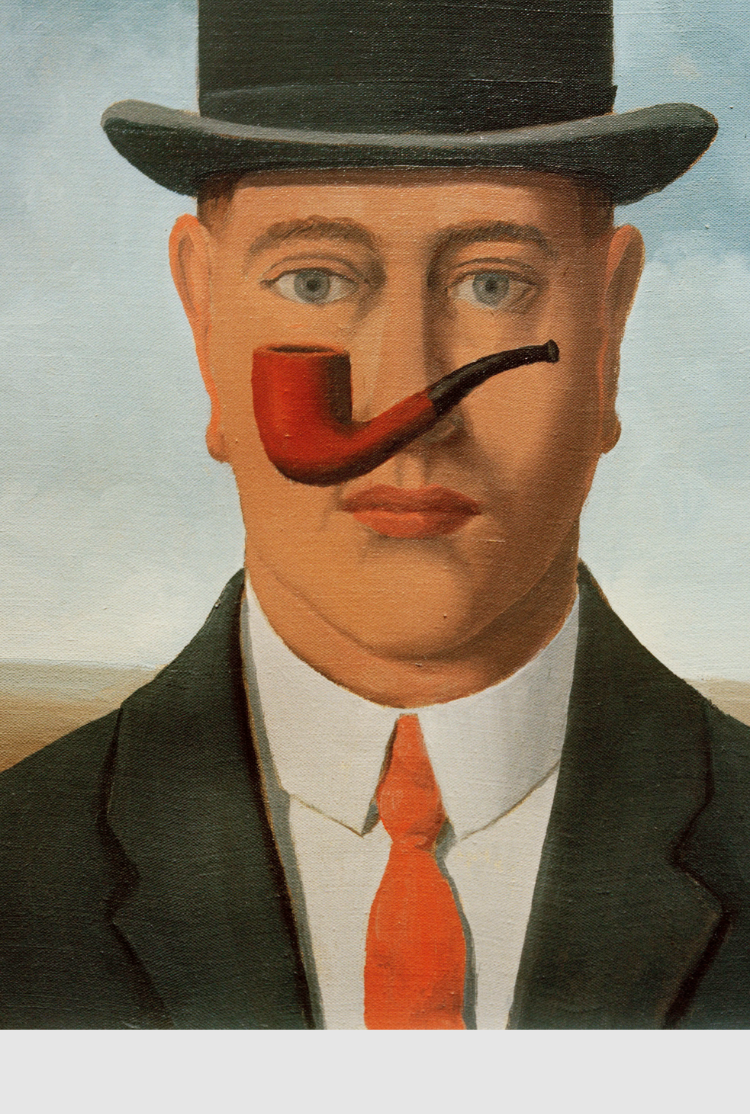Football
American Art Course

Détail d’une reproduction d’une peinture murale du complexe de Tepantitla à Teotihuacan
Football, one of the most popular sports in the world, is a direct descendant of ulama, a ball game played by pre-Columbian civilisations such as the Mayas and Aztecs. Originally, it was a religious ritual aimed at resolving conflicts and honouring divinities. The rules differ according to culture, period and geographical area, but can be summarised like this: two teams play against each other and try to send a rubber ball (of 4kg!) into the opponent’s court by hitting it with their knees, elbows, hips or buttocks. At the end of the game, some of the players were probably decapitated! A sacrificial ritual that symbolised abundance and fertility among many pre-Columbian populations. From the 16th century, ulama was banned by European colonisers who wanted to impose their religion when they arrived in America. However, the game has recently been revived in Mexico (rest assured, no one is leaving without their head today, just with a few bruises instead!)
Athletics
Ancient Greece and Ancient Rome Course
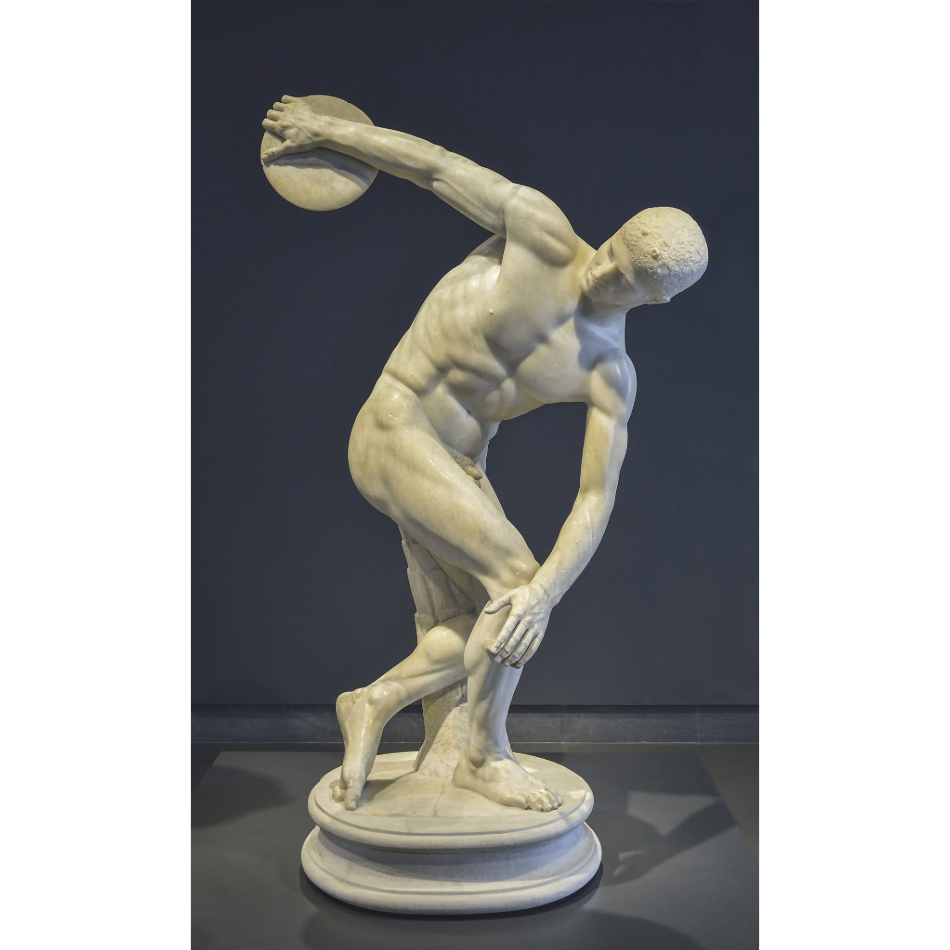
Myron, Discobole Lancellotti, copie romaine, vers 120 ap. J.-C., © Musée National de Rome, Palais Massimo alle Terme
The ancient Olympic Games were invented by the Greeks and were first held in 776 BC in the city of Olympia. At the time, it was a religious and sporting festival that brought together various Greek city-states. Originally, there was just one event: running, also known as the stadion. Over time, however, other disciplines were added: wrestling, discus and javelin throwing, long jumping, chariot races, etc. Many Greek and Roman sculptures, such as Myron’s Discobolus, depict the muscular bodies of these athletes in action and celebrate physical strength and endurance. The ancient Greeks valued a harmonious balance between body and mind. In the 4th century, after some 1,200 years of existence, the Christian emperor Theodosius I decided to ban pagan festivals as Olympic Games. It was not until 1894 that a French Baron (Pierre de Coubertin) revived the Games!
Boxing
Contemporary Art Course

Andy Warhol, Muhammad Ali, 1978, © 2024 The Andy Warhol Foundation for the Visual Arts, Inc. / Photo © Christie’s Images Bridgeman Images
In 1977, the collector Richard Weisman asked his friend Andy Warhol to create a series on the great athletes of that time. They included the footballer Pelé, the skater Dorothy Hamill and the boxer Muhammad Ali. At the time, Muhammad Ali was at the peak of his career. He was the world heavyweight boxing champion, an icon of American sport and a symbol of the fight against racial injustice. A few years before Warhol photographed him, the boxer had made his mark in the 1971 “Fight of the Century” against champion Joe Frazier at New York’s Madison Square Garden, then considered “the Mecca of Boxing”. Although Warhol’s colourful portraits of Marilyn Monroe and Liz Taylor are his most famous works, glamorous film celebrities were not the only ones to fascinate the American artist. He is quoted as saying “The sports stars of today are the movie stars of yesterday.”
Contemporary Art CourseYoga
Asian Art Course

Bouddha enseignant, 5e siècle, grès, site de Sarnath, Inde
Yoga is an Asian spiritual and physical practice that has been developed in India for thousands of years. It would be even more correct to speak of a philosophy linked to meditation and the relationship between man and nature. Its origins are sometimes thought to be linked to Hinduism or Buddhism, but in fact, yoga existed even before these religions were established! It is not uncommon to find works in which the Buddha or Hindu deities practise yoga, because these religions, which originated in the Indian region, incorporated the practice into their representations and rituals. Today, yoga has become a global phenomenon, and its sporting dimension is often detached from its spiritual one.
Tennis
Renaissance and Enlightenment Course

Un gentilhomme et sa raquette de paume, gravure du 17e siècle
Jeu de Paume, the ancestor of tennis, was invented in France in the 13th century by monks seeking physical activity. They played by hitting a ball with the palm of their hand against the floor and walls of their monasteries. The sport evolved over time, with the introduction of rackets in the 16th century. Jeu de paume became extremely popular among the European nobility during the Renaissance, with notable practitioners including King Henry VIII of England. The Jeu de Paume halls were places of encounter and competition, where elegance and technique were of utmost importance, as evidenced by these engravings and paintings from the period showing players dressed in their most luxurious costumes!
Renaissance and Enlightenment CourseRunning race
20th-century Modern Art Course

Robert Delaunay, Les coureurs, 1924, huile sur toile, 114 x 146 cm, © musée d’art moderne de Troyes
In 1924, the Summer Olympic Games were held in Paris. This event inspired the painter Robert Delaunay to create a new series based on racing. He painted a vibrant, colourful depiction of five runners on an athletics track. This subject inspired him to create eight other versions in the following years! Through this topic, the artist was able to explore abstraction, transforming the athletes’ movements into geometric shapes.
20th-century Modern Art CoursePolo
Islamic Art Course
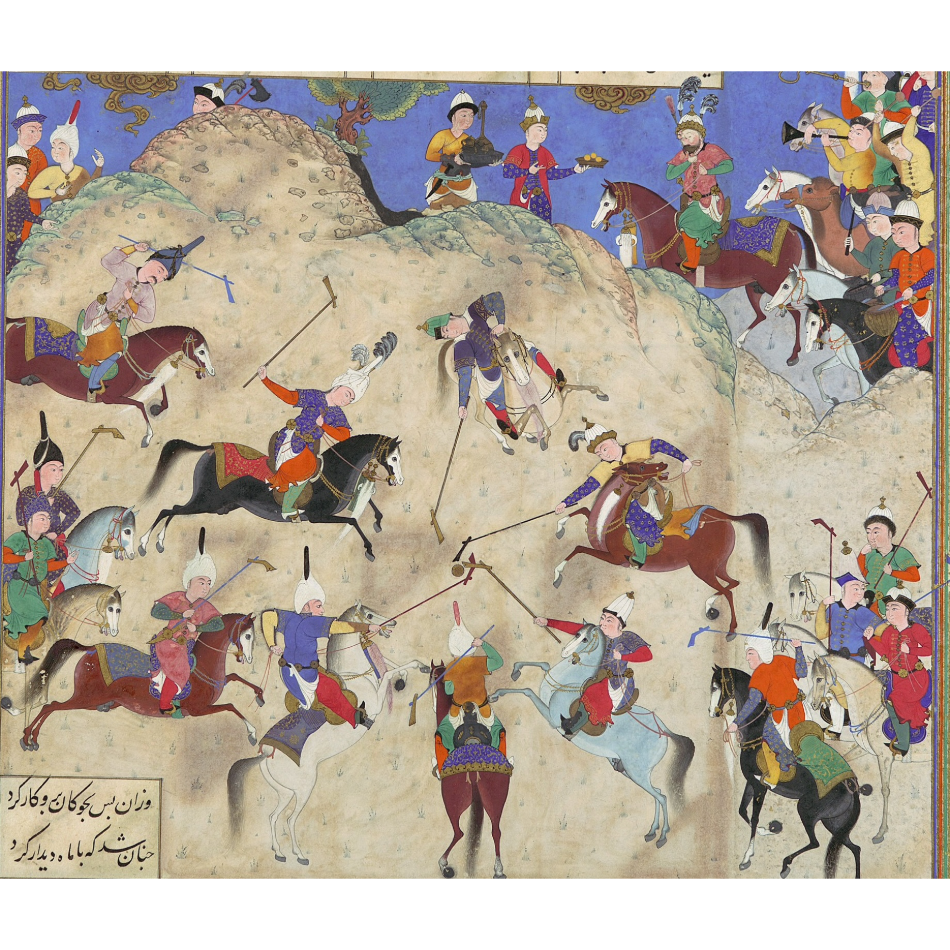
Abu’l Qasim Firdausi, Siyavush joue au polo devant Afrasiyab (détail), folio 180v du Shahnama (Livre des Rois) de Shah Tahmasp (détail), 1525-1530, aquarelle, encre, argent et or sur papier, 28,4 x 23,7 cm, Metropolitan Museum of Art
During the Safavid dynasty in Persia, the art of the book became very important. The sovereigns had a royal “workshop-library” where many artists trained in various techniques. The lifestyle of the elite during that time was diverse and sophisticated, as illustrated by Ferdowsi’s Shahnama (Book of Kings). This book is full of illustrations showing scenes of walks, hunting and sports such as chaugan. Originally, this sport was practised by Persian horsemen and soldiers. For the nobility, it was a kind of miniature battle and became a very popular pastime across Asia and the Arab world. Today, chaugan is still played today, albeit under a different name: polo!
Islamic Art CourseWrestling
Egypt and Mesopotamia Course
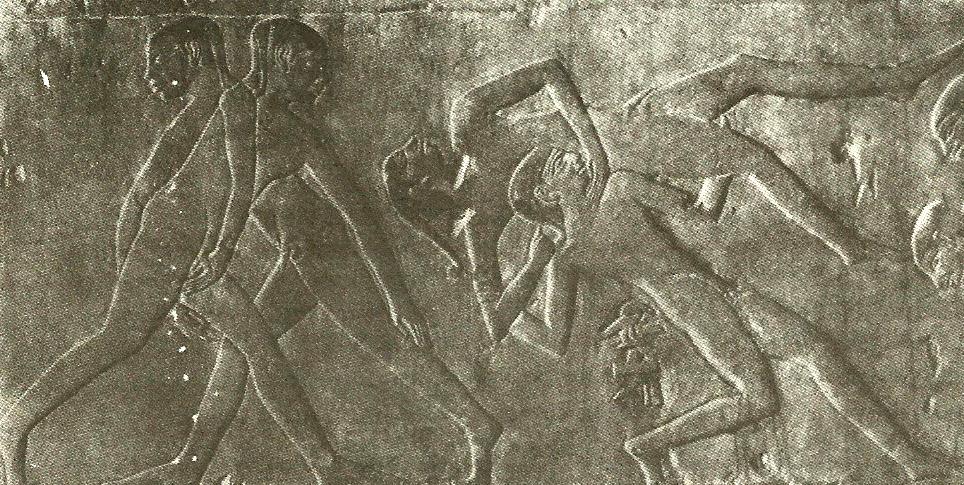
Détail d’un bas-relief de la tombe du vizir Ptahhotep, 2367-2347 av J.-C., Saqqarah
In ancient Egypt, wrestling was both a popular sport and a military exercise. It was enjoyed by amateurs for entertainment, but also served as a form of military training for Egyptian soldiers. Depictions of wrestling matches can be found on tombs and temple walls, showing their cultural significance. Competitions were regularly held at religious festivals and other public celebrations, drawing large crowds of spectators. Wrestlers followed specific rules to avoid serious injuries, and competitions were often overseen by referees to ensure compliance with the rules and the safety of the participants. Wrestlers sometimes used sticks for playing tahtib, another sport that was very popular at the time in more rural areas.
Egypt and Mesopotamia CourseDance
19th-century Art Course
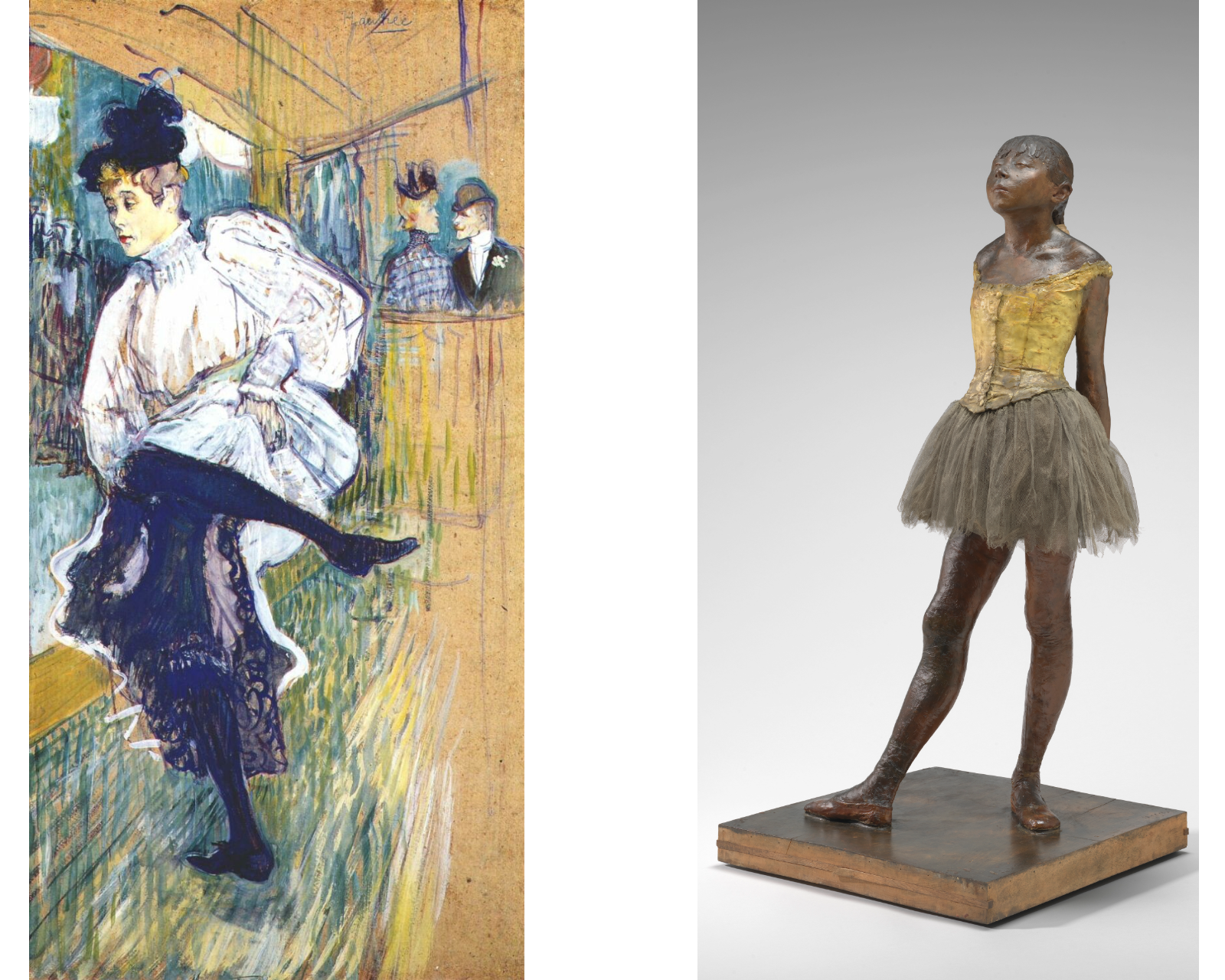
Henri de Toulouse-Lautrec, Jane Avril dansant, 1892, huile sur toile, 86 × 45 cm, © musée d’Orsay
Edgar Degas, La Petite Danseuse de quatorze ans, version de la National Gallery of Art, bronze, 98.9 × 34.7 × 35.2 cm, © National Gallery of Art Washington DC
In the 19th century, Parisian cabarets were incredibly popular and brought excitement to the city’s nightlife. One of the regulars at the Moulin Rouge in Montmartre was Henri de Toulouse-Lautrec. The artist spent a lot of time there and immortalised several famous dancers: La Goulue, Jane Avril, Yvette Guilbert…
If you prefer ballet over the French cancan, then you should follow Edgar Degas backstage at the Paris Opera! The artist created many works using the “petits rats” of the Opera (pupil at the School of Dance) as models: preparatory drawings, sketches, paintings, and sculptures. It was an opportunity for the Impressionist painter to study colour and the movement of bodies.
19th-century Art CourseFencing
Medieval Art Course

Herr Johann von Ringgenberg, Codex Manesse, UB Heidelberg, 14e siècle, Bibliothèque universitaire de Heidelberg, Allemagne
Although fencing as a sport did not appear until the 16th century in France, sword-fighting has been around since Antiquity! During the Middle Ages, knights engaged in tournaments in addition to battlefield combat. These tournaments were initially disorganized and chaotic, but soon rules were established to prevent fatal accidents. Medieval Tournaments included jousting, where two knights on horseback faced each other with spears, melees, which resembled large-scale simulated battles between teams, and sword duels. These events were exclusive to the nobility and were governed by strict rules, with referees ensuring the safety and fairness of the fights.
Medieval Art CourseHorse riding
African Arts Course

Poteau (Okpwe), Fin du 19e – début du 20e siècle, Afrique – Bénin, bois de ayeci, pigments, 139 x 18 x 14 cm, Musée du Quai Branly – Jacques Chirac, Paris. Photo : © musée du Quai Branly – Jacques Chirac, Dist. RMN-Grand Palais
Horses have had a significant presence in the traditional arts of West Africa. They were introduced to the Sahel as early as the 8th century and played a crucial role in the rise of great African kingdoms, such as the Mali Empire in the 14th century, which was renowned for its cavalry. Horses were symbols of prestige for kings and chiefs and were central to ceremonies, where riders showcased their skills in parades and equestrian games. In traditional African art, wooden sculptures often depicted warriors on horseback, sometimes accompanied by other animals such as dogs or antelopes. These works reflected the social and military importance of the rider as well as conveyed ideas of courage, strength, and power. These representations varied according to culture and region. For instance, among the Yoruba of Nigeria, horsemen were often depicted as Shangô, the god of lightning.
African Arts Course

